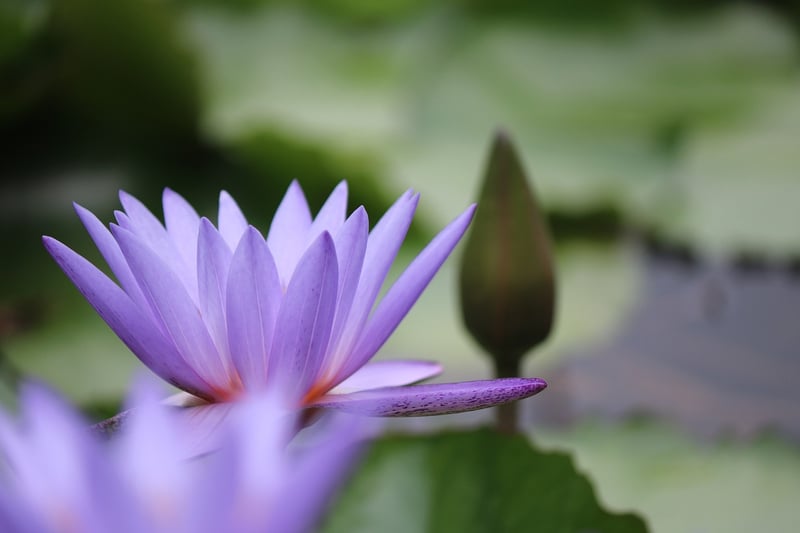Natural Harmony
Design with the Environment in Mind + Natural Harmony
Designing with the environment in mind is not only a trend but a necessity in today's world. Incorporating natural harmony into design can create spaces that are not only aesthetically pleasing but also sustainable and eco-friendly.
Why Design with the Environment in Mind?
Our planet is facing serious environmental challenges such as climate change, deforestation, and pollution. As responsible citizens, it is crucial to consider the environmental impact of our actions, including the spaces we design and inhabit.
Benefits of Natural Harmony in Design
Integrating natural elements into design not only benefits the environment but also enhances the well-being of individuals. Some of the benefits include:
- Improved air quality
- Reduced stress and anxiety
- Increased productivity
- Energy efficiency
- Connection to nature
Principles of Natural Harmony Design
When designing with natural harmony in mind, consider the following principles:
- Use sustainable materials such as bamboo, reclaimed wood, or recycled glass.
- Maximize natural light and ventilation to reduce the need for artificial lighting and air conditioning.
- Incorporate plants and greenery to improve indoor air quality and create a calming environment.
- Choose colors inspired by nature such as earth tones, blues, and greens.
- Minimize waste by repurposing materials and opting for durable, long-lasting products.
Examples of Natural Harmony Design
Below are some examples of spaces that beautifully integrate natural elements into their design:

Image source: Pixabay
By designing with the environment in mind and incorporating natural harmony, we can create spaces that not only look good but also contribute to a healthier planet and a more harmonious living environment.
